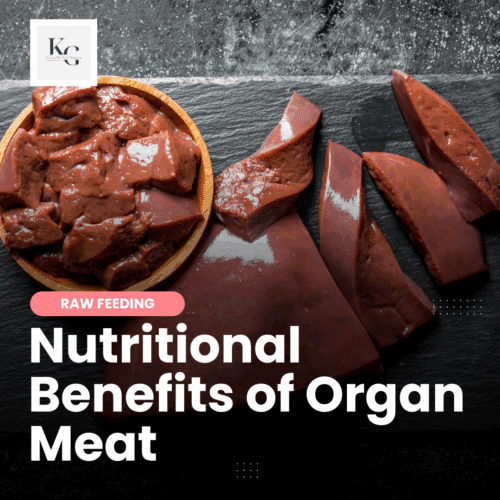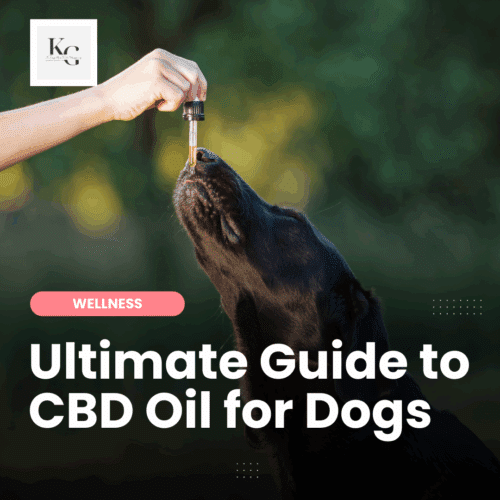Keep the Tail Wagging is supported by pet parents. I occasionally earn a commission (at no additional cost to you) when you click through an affiliate link to one of my favorite products. Thank you for your support. Read More
I love gardening (vegetables and flowers), and I'm eagerly waiting for the day when I can head off to the nursery to get seeds and starts for my raised vegetable garden. Until I can get started, I'm looking for pet-safe houseplants that are easy to grow.
Despite years of digging in the dirt, my gardening skills are slightly above a beginner's level. I began researching plants that were a good fit for my gardening skills, helped to cleanse the air, and weren't toxic to dogs. This was harder than I expected because everything comes with a warning.
But I persevered, and the following plants will soon be new additions to our home.
- Snake Plant
- Bamboo Palms
- Gerbera Daisy
- Boston Fern
- Spider Plant
I was surprised to learn about the gerbera daisies because I've always thought the prettier a plant was, the more toxic it was – but I guess not. The fern, palm, and spider plants are plants from my past and are easy to grow – but I need to keep them away from my cat because the grass-like look to the leaves is very tempting for my playful kitty.
Houseplants that are Toxic to Pets
Although my dogs eat grass, they don't eat the houseplants. But I've learned not to count on this history lately. Scout is living with cancer, and prednisone is part of his treatment. A side effect of this drug is increased hunger, and I wouldn't put it past him to eat fallen leaves.
What sucked about researching this topic was for every plant that was easy to care for and removed toxins from the air, I had to double-check to see if the plant was toxic to pets. This helped to whittle down the list.
The following plants improve indoor air quality but are toxic to pets…
- Peace Lily
- Chrysanthemums
- Devil's Ivy
- Dracaena Fragrans (aka Corn Plant)
- Dieffenbachia (aka Dumb Cane)
- Jade
- Sago Palm
- Daffodils
- Tulips
- Philodendron
How to Avoid Overwatering
When it comes to succulents, which I love, I never water them. This is why they're the perfect plant for me. But when it comes to regular plants, I kill them all the time because I tend to overwater – but, as I was researching this topic, I learned a great tip on checking if a plant needs to be watered:
- put a wooden chopstick in the soil (about 1/3 into the pot), and remove
- if the chopstick is dry, it's time to water
This is something that I can do. But I bet there is a tool that I can use that will sound an alarm when a plant needs to be watered. Or there should be one.
Natural Fertilizers for Indoor Plants
The following indoor plant fertilizers are all-natural, and help dog lovers maintain a toxic-free home.
Banana Peels
If bananas are a staple in your home, save the peels, cut them into small pieces, and massage them into the soil around your plant (this cuts down on the smell as the peel decomposes). The peels are rich in nutrients and act as a slow-release fertilizer.
Eggshells
I feed eggs to my dogs and dry and grind the shells to use in my outdoor gardens as a slug deterrent. Now I know that I can use the shells in our houseplants, too.
Cooking Water
The water used to cook vegetables can be used to water our plants. The belief is that when cooking fresh vegetables, the water is left with many nutrients that can help our houseplants grow. I'll just let it cool down before watering.
Green Tea
We can save used tea bags to re-use as plant food. Just open the tea bag and massage the used tea leaves into the soil of houseplants. Or brew green tea water for the plants (water with cooled water.
Coffee Grounds
Massage coffee grounds into the soil when potting a new plant (or transplanting a plant to a new pot). Or you can mix the grounds in water and water the houseplants that prefer more acidic soil, like ferns and cactus.
Epsom Salt
Epsom salt can be used as a natural fertilizer – adding a sprinkle to the soil of houseplants or watering the plants with a mixture of one teaspoon per one quart of water.
Can Pet Hair be Used as Plant Fertilizer?
I think anything can double as plant fertilizer, but not all of it will work. I read that hair (human or pet) can be mixed into the soil of houseplants, releasing nutrients as the hair degrades. This sounds like a great idea, but I think for this to work, the hair has to be trimmed because hair due to shedding is dead.
Well, I was wrong.
Pet hair can be used as plant fertilizer, whether we collect hair from a recent trimming or after a brushing session. The issue with using hair as a plant fertilizer is that it takes a long time to break down because hair is rich in protein. So, we may not see the benefits right away – in fact, novice plant custodians may not see the improvements at all.
My takeaway is that pet hair is best used in a compost bin. It'll decompose faster there, and the compost can be used in outdoor flower and vegetable gardens.
Finding Affordable Pet-Safe Plants
Spring is when our green thumbs begin to itch, and the stores know that we're heading their way to fill our carts with plants, flowers, seeds, and soil. This means that this is the worst time to buy plants at the local nurseries and hardware stores.
So, before heading to my local Home Depot, I first check Craigslist and the Facebook Marketplace for affordable finds. Many people are selling excess plants or have a side gig selling plants from home.
I found healthy plants from $2-$5 each on Craigslist. I stopped by a couple of stores today for comparison, and the plants started at $9 each.
Happy gardening!





















